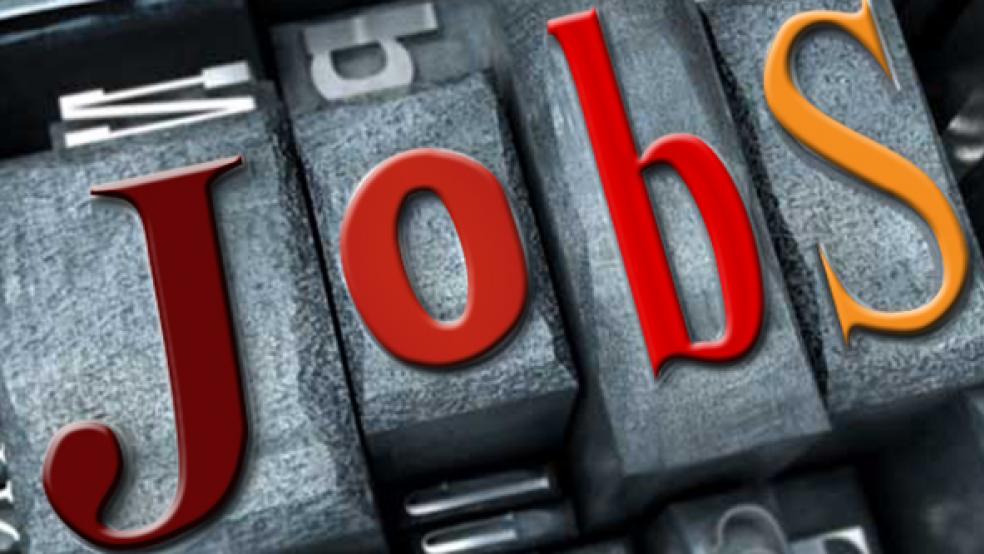The relatively weak jobs numbers reported by the Bureau of Labor Statistics on Friday are no reason to worry about a sudden slowdown of the U.S. economy.
The 98,000 jobs added in March — well shy of the 180,000 economists had been expecting — may have come as a shock to people who have become accustomed to monthly gains in the neighborhood of 200,000, but economists believe the disappointing headline number was largely due to a major snowstorm that hit the country during the week the survey was conducted.
“After the unseasonably warm January and February, which pushed monthly job gains back above 200,000, there was always going to be some pay back in March, when the weather snapped back to seasonal norms, including some heavy snowstorms,” wrote Paul Ashworth, chief U.S. economist for Capital Economics.
Related: Why the 2020 Census Could Blow a Huge Hole in the Federal Budget
One piece of evidence for that theory is that the fall-off in job growth was accompanied by a drop in the unemployment rate from 4.7 percent to 4.5 percent, a level the U.S. hasn’t enjoyed in nearly 10 years. A broader measure of unemployment — one that includes people unable to find work within the past month, people working part-time who would prefer to be employed full-time and people who are unemployed but want to work and have sought a job in the past year — also fell sharply, from 9.5 percent to 8.9 percent.
“We suspect the three-month average job gain of 178,000 is more indicative of the underlying trend in job growth,” J.P. Morgan economist Michael Feroli said.
The bottom line is that today’s report is unlikely to change the prevailing sentiment among Federal Reserve officials about the need to continue raising interest rates to fend off future inflation.
Ian Shepherdson of Pantheon Macroeconomics said that the more important thing to note about the latest jobs report is that the unemployment rate is now at the very bottom of the range of the Fed’s estimate of full employment — the line at which the tightness in the labor market triggers inflation.
“For the Fed, the unemployment rate is the ultimate arbiter of the tightness of the labor market, and the prospect of the rate continuing to fall towards 4% will be very disconcerting,” he wrote.
Related: IRS Chief Warns: Budget Cuts Could Cost the US Billions
Economists expect the Fed, which raised interest rates by a quarter of a percentage point in December and then again in March, to nudge rates up again in June. The report released on Friday, with the sharp movement in unemployment rates, only strengthened that impression.





